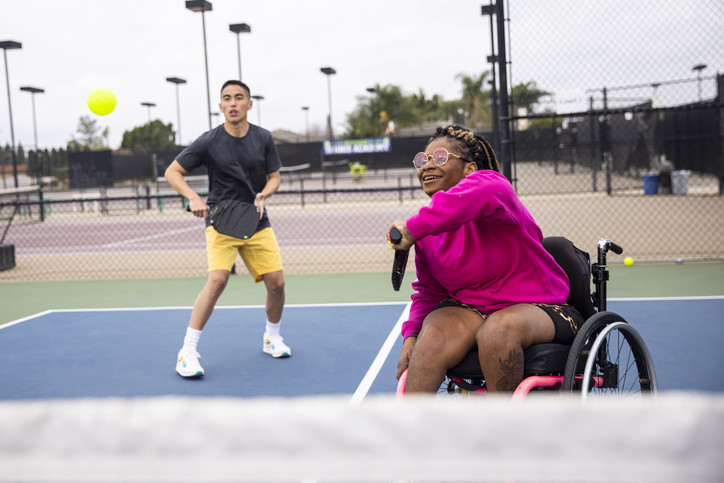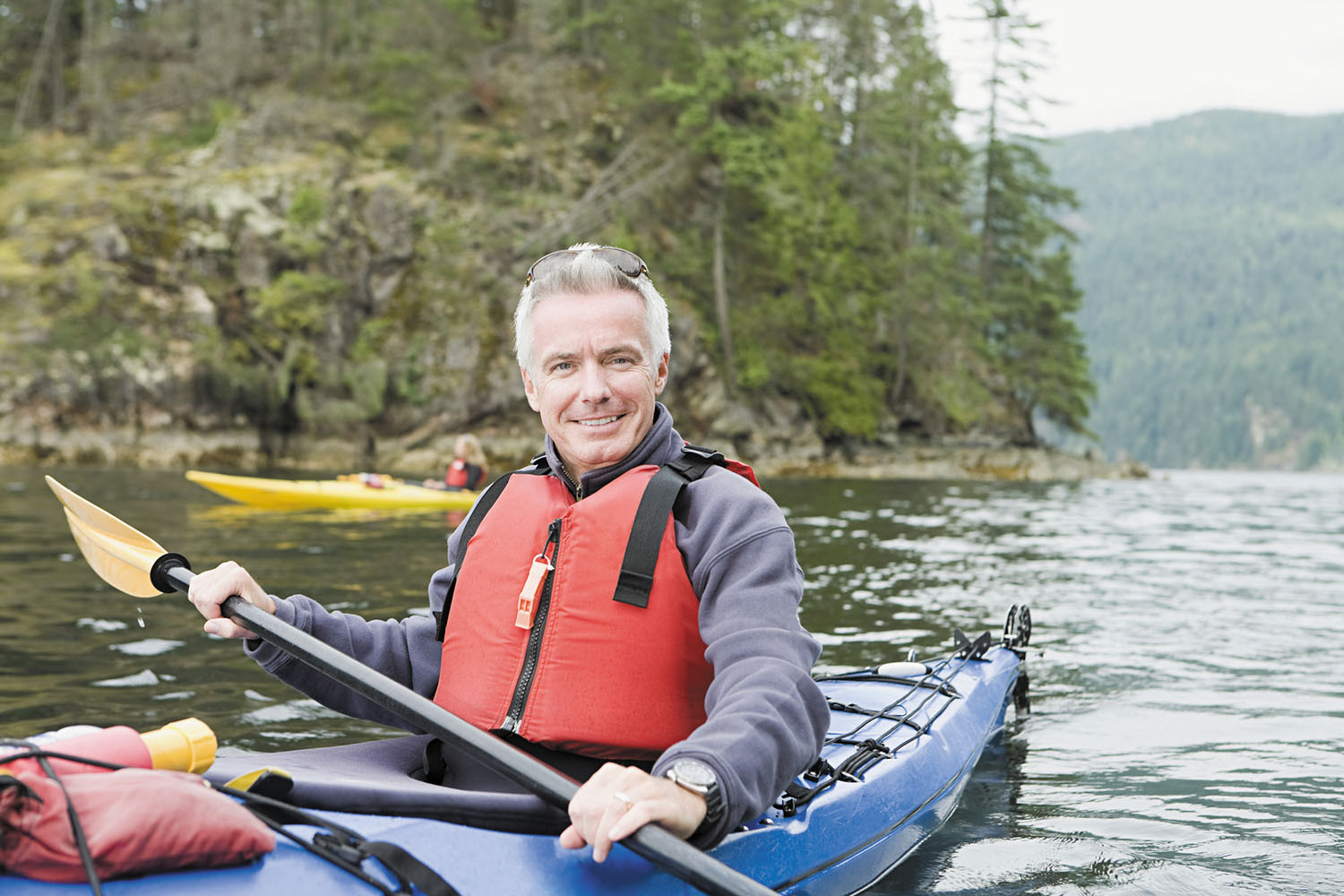
5 timeless habits for better health

What are the symptoms of prostate cancer?

Is your breakfast cereal healthy?

When pain signals an emergency: Symptoms you should never ignore

Does exercise give you energy?

Acupuncture for pain relief: How it works and what to expect

How to avoid jet lag: Tips for staying alert when you travel

Biofeedback therapy: How it works and how it can help relieve pain

Best vitamins and minerals for energy

Should you take probiotics with antibiotics?
Exercise & Fitness Archive
Articles
Taking up adaptive sports
Our abilities may change during the course of a lifetime. Adaptive sports are competitive or recreational activities that are modified to support people living with disabilities or limitations.
Hybrid exercise training
Hybrid exercise training combines heart-pumping aerobic action with muscle-strengthening moves in the same exercise session. The strategy has the advantage of meeting two key goals of the federal Physical Activity Guidelines in one fell swoop. And it also appears to be one of the best—and most time-efficient—ways for people who are overweight to lower their risk of cardiovascular-related risk factors. Strong muscles boost a person's basal metabolic rate—the amount of energy the body needs to keep working during rest. That improves weight-loss efforts by ramping up the number of calories burned.
Three moves for functional fitness
Older adults can benefit from functional fitness exercises—those that focus on the muscles needed for basic everyday actions, like squatting, bending, reaching, and twisting. An all-around exercise routine that addresses the major muscle groups is ideal for improving functional fitness. Still, people should add specific exercises that mimic basic movements, such as getting up and down from the ground or a seated position, bending down and lifting objects, and carrying heavy or bulky items.
Waist trainers: What happens when you uncinch?
Splashy advertisements suggest that compression devices called waist trainers can help you sculpt inches off your waistline. The claims far outweigh the evidence, but exercises that strengthen core muscles can also help shape your waist.
Grab your paddle
Paddle sports, like canoeing, kayaking, and paddleboarding, tone muscles in the back, shoulders, arms, and core to help make everyday movement easier and safer. Plus, water activities get people to interact with nature, which can boost their mental and emotional health. Begin by signing up for individual or group paddling lessons where all equipment is provided. The experience teaches you the basics, like how to paddle and safely get in and out of the boat, and other rules and etiquette.
Stronger body, healthier heart?
Doing 30 to 60 minutes per week of strength training exercises is linked to a lower risk of premature death in general, and from heart disease in particular. Regular strength training may improve heart health by lowering the risk of blood pressure and metabolic syndrome. Body-weight exercises such as standing lunges and bench push-ups are a convenient way to build muscle because they can be done anywhere, without the need for special exercise equipment.
Rowing or paddling after age 60
Water sports that use oars or paddles are effective forms of exercise with many health benefits. However, the sports may pose health risks, especially after age 60. The sports have a repetitive component to them. Paddling can stress the shoulder tendons. Rowing can lead to low back strains. Neither sport would be a good idea for people with tendinitis at the shoulder, elbow, or wrist; a diagnosed back problem such as a disc injury or spinal stenosis; or a previous back surgery.

5 timeless habits for better health

What are the symptoms of prostate cancer?

Is your breakfast cereal healthy?

When pain signals an emergency: Symptoms you should never ignore

Does exercise give you energy?

Acupuncture for pain relief: How it works and what to expect

How to avoid jet lag: Tips for staying alert when you travel

Biofeedback therapy: How it works and how it can help relieve pain

Best vitamins and minerals for energy

Should you take probiotics with antibiotics?
Free Healthbeat Signup
Get the latest in health news delivered to your inbox!
Sign Up











